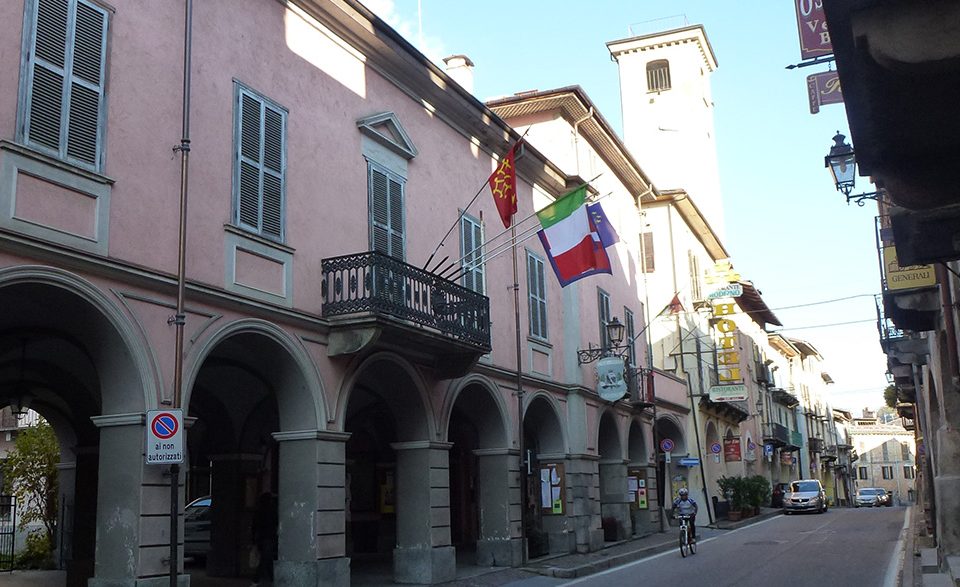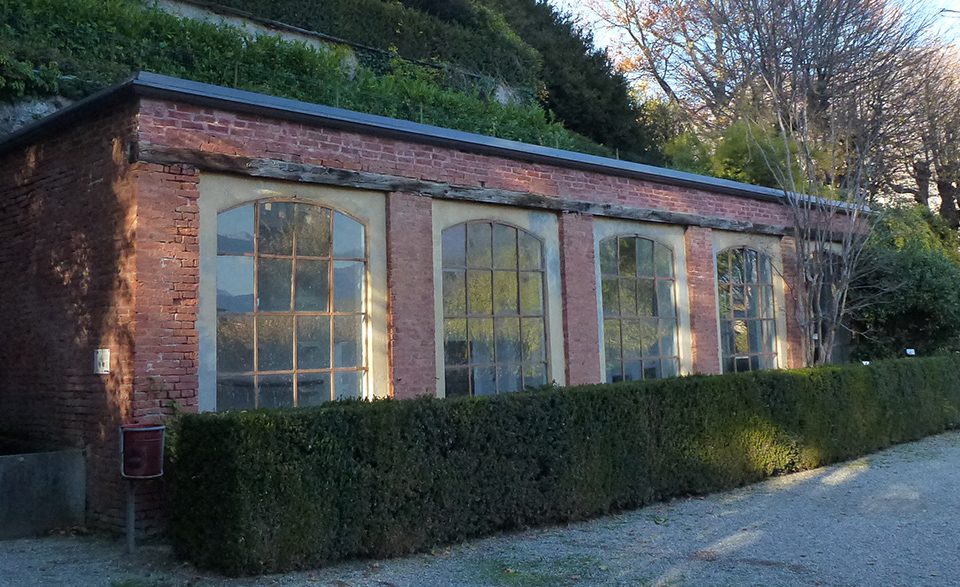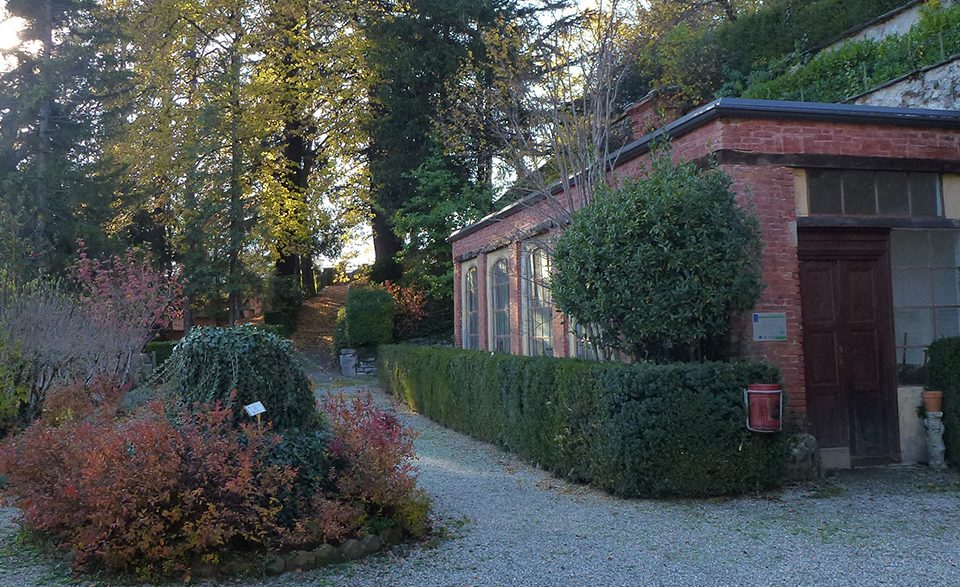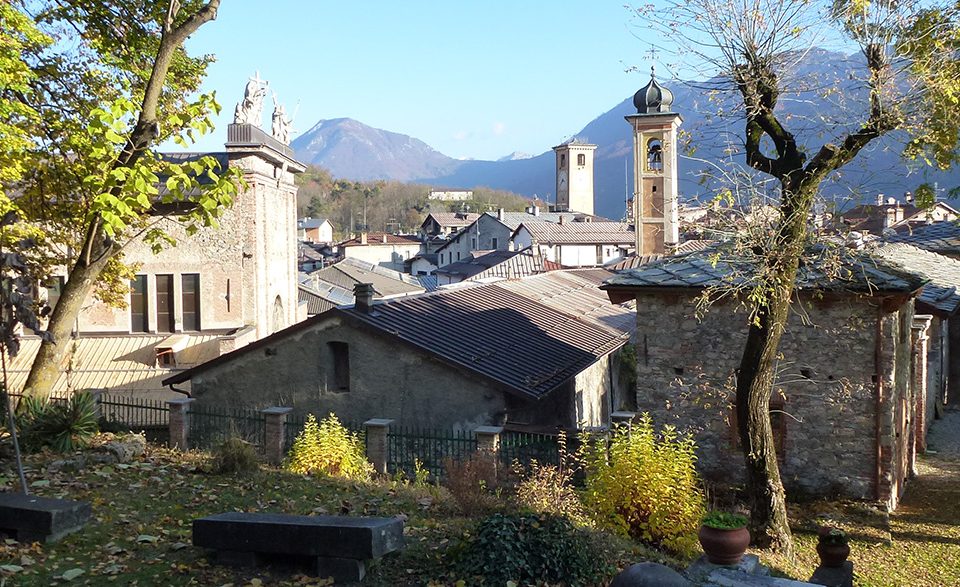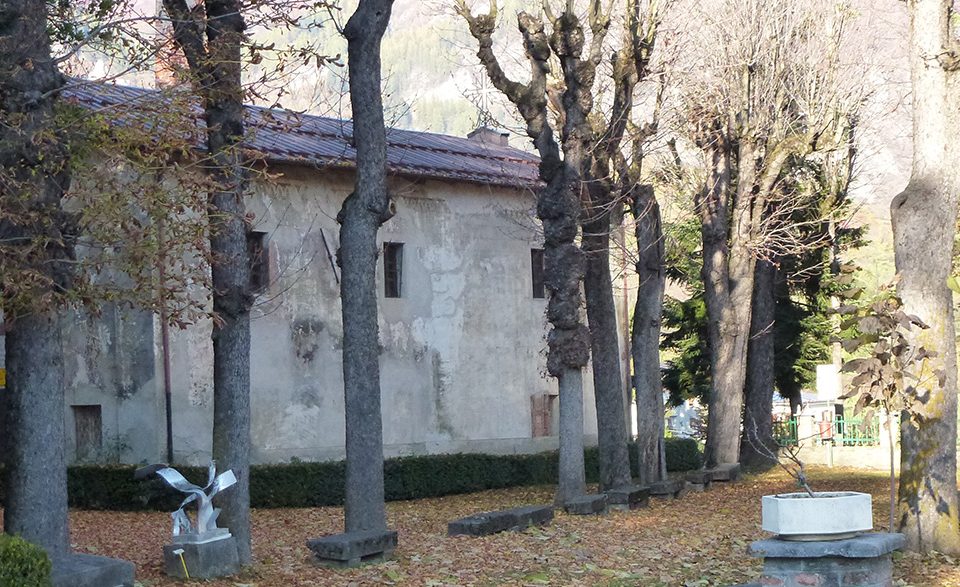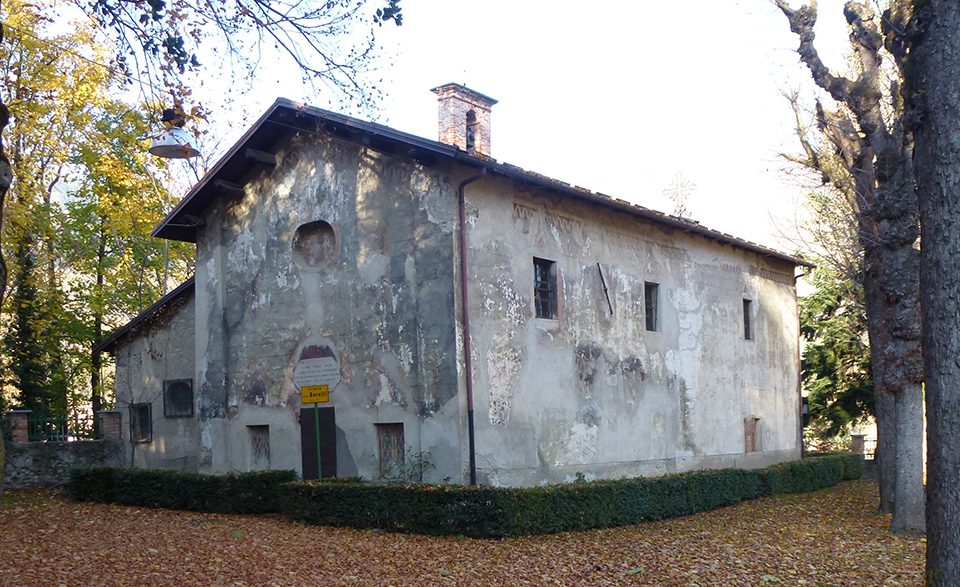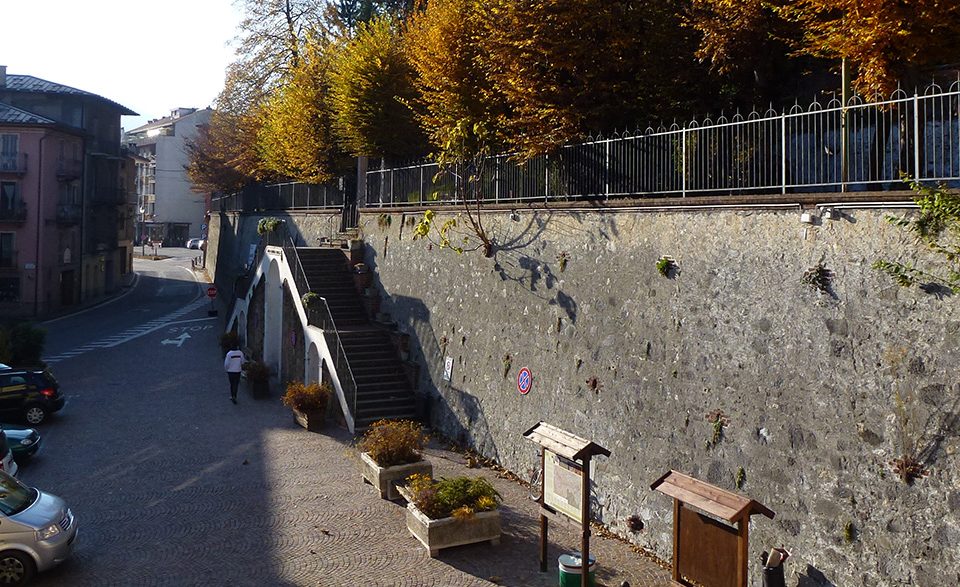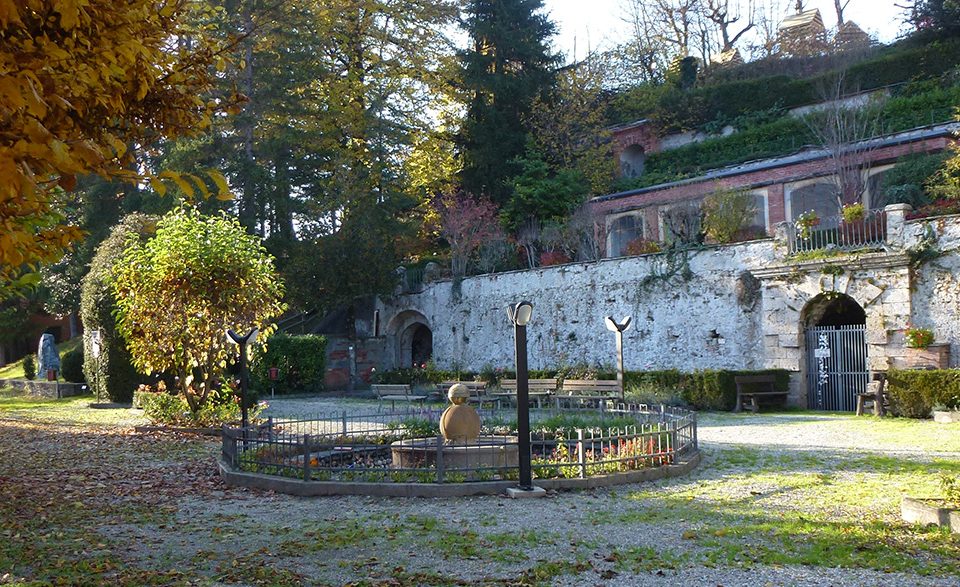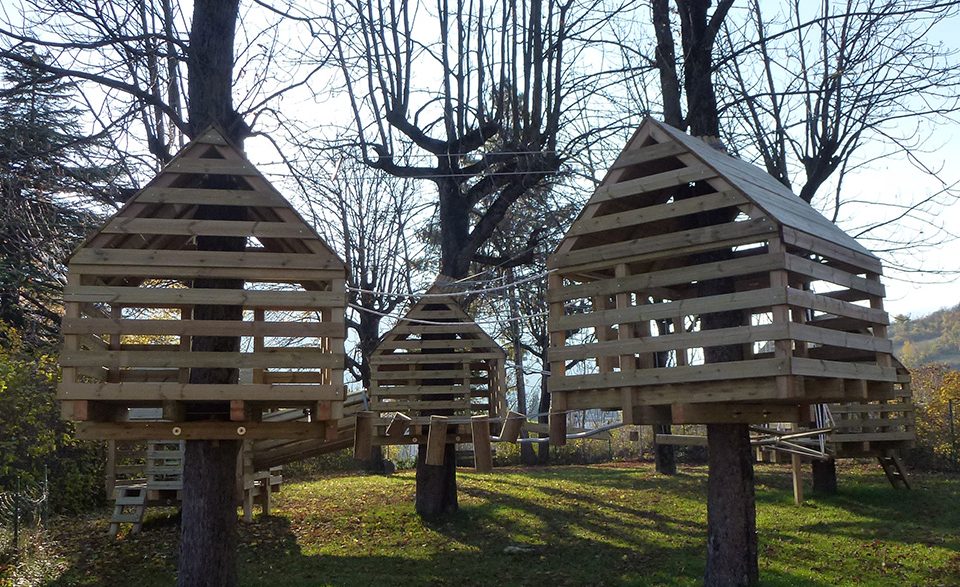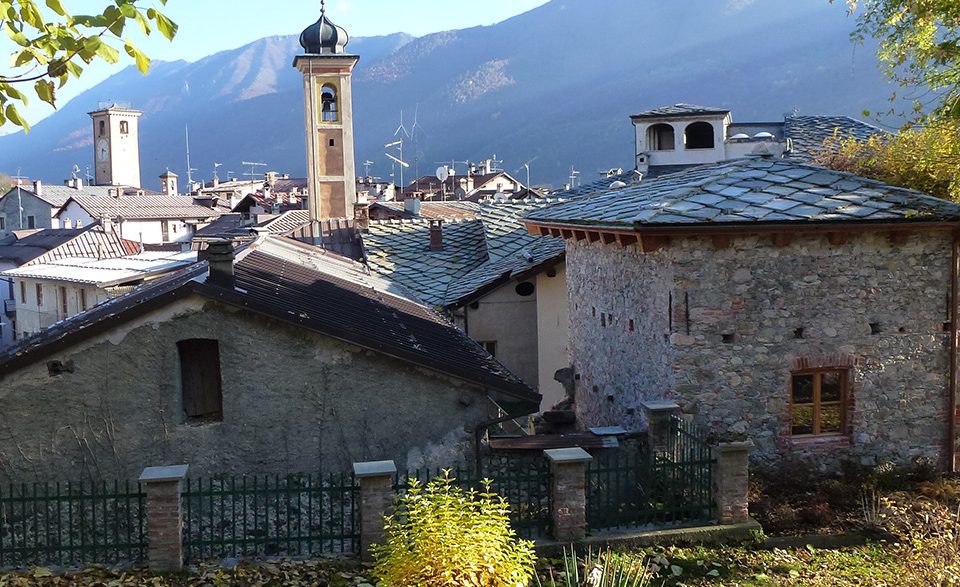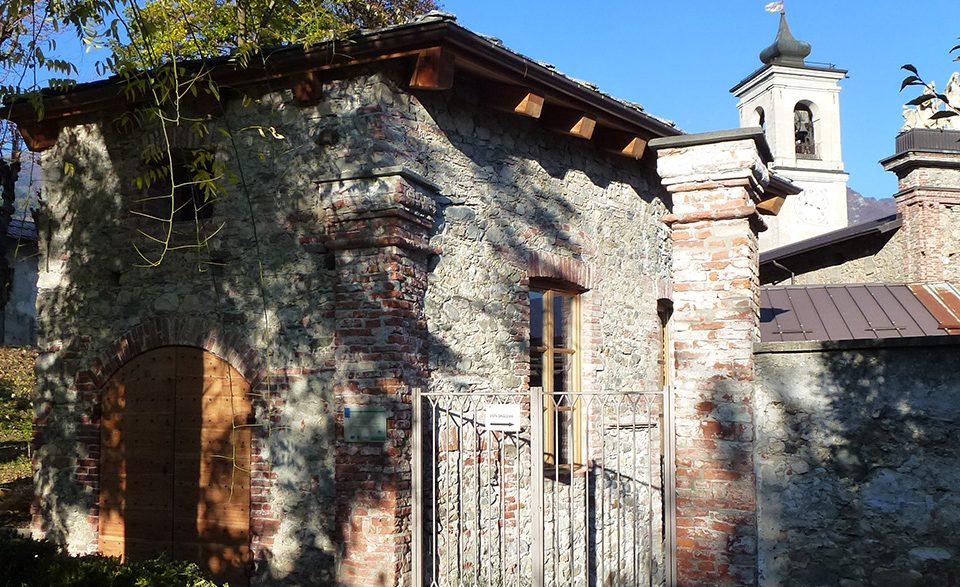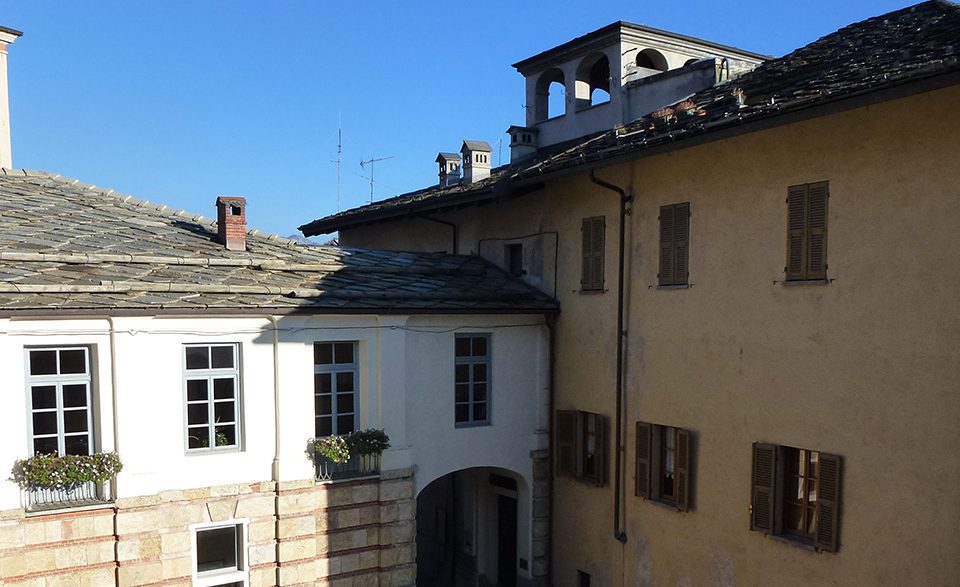Demonte: a little bit of history
In pre-Roman times Demonte and the Stura Valley were inhabited by the Ligures of the mountains.
Demonte (formerly called Demons, Demontum, De Montium, Ad Montes, De Monte and finally Demonte since 1214) and the Stura valley were conquered in the Augustean age by the Roman legions of Consul Marcus Quintus Flaccus and were aggregated to the town of Pedona (today Borgo San Dalmazzo) with the Vermenagna and Gesso valleys.
Even at those times, the valley was very important because of the routes that crossed it ensuring an easy passage to the other side of the Alps.
From the V century, the valley was invaded by the Goths of Theodoric, the Byzantines, the Lombards and the Franks. Then, during the IX and X centuries, the Saracens brought massacres and destructions all over the valley. In addition, they dug almost everywhere in order to extract the minerals of which the region was rich. During this period, the area belonged to the Benedictine abbey of Pedona.
In 998, the valley was given as a fiefdom to the Bishop of Turin, under whose control it would remain until about 1150.
From the XI century there is more precise information about the valley and its municipalities.
Throughout the XII century, the valley was ruled by the Marquisate of Saluzzo; in the XIII century it saw the expansionist drive of the town of Cuneo, linked to the House of Anjou of Provence.
In 1214 Demonte became a municipality, by courtesy of the Marquis of Saluzzo.
In 1259 the House of Anjou of Provence seized the whole valley stura to the Maddalena pass and, later, they annexed it to Provence.
The history of Demonte is linked to that of two noble families: the Bolleris (from the XIV century) and the Borellis (from the XIX century).
The Bolleris appear in the history of Demonte in 1372 when Franceschino Bolleris, Lord of Salmour, reconquered the town castle for the House of Anjou of Provence and chased the Viscontis of Milan; Queen Joan I of Anjou granted him the title of Royal Vicar.
In 1376 Queen Joan I, after Franceschino, thanks to new military campaigns, forced back Gian Galeazzo Visconti who had reoccupied the valley, granted him and his heirs the lands and the revenues of Roccasparvera, Centallo and the Stura valley. She also appointed him Lord of Demonte and the Upper Stura valley.
In 1377 Viscount Franceschino Bolleris was appointed Lord of Demonte castle and he settled in the Angevin fortress, probably built by Charles II of Anjou known as the Lame. The castle, that stood on the western Quaternary hill of Demonte (current Borelli park), replaced the building probably erected on the eastern hill of Demonte by the early Lords of the town (the Procardos, the Berardos, or the Marquises of Saluzzo), because this required expensive repairs and it had no water.
The Bolleris maintained privileges and baronies also during the fights and the rules of Cuneo municipality, of the Marquisate of Saluzzo and of the House of Savoy.
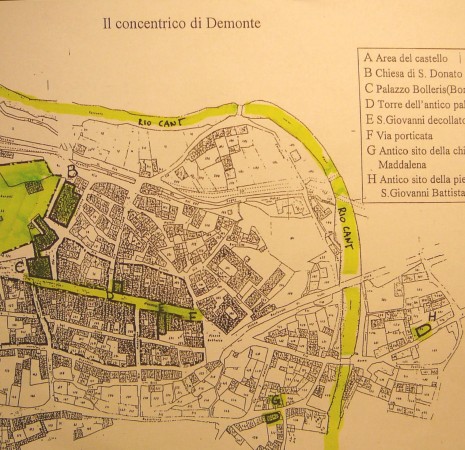
In the following centuries, the House of Savoy repeatedly tried to take control of the valley. In 1388, their domain extended to the town of Vinadio. Meanwhile, with the annexation of Provence to the Kingdom of France, the rest of the valley was ruled by the French crown.
In 1437, Viscount Ludovico Bolleris, in order to better protect himself from enemy raids, asked and obtained from his Angevin allies the right to place his family crest among the emblems of the House of Anjou of Provence.
It was an effective deterrent till the final conquest of Demonte and of the Stura valley by the House of Savoy, in 1588.
In this year, in fact, the House of Savoy finally succeeded in taking possession of the whole valley up to the Maddalena pass. The last area that fell to the pressure of the House of Savoy was the one corresponding to the present municipalities of Roccasparvera, Moiola, Demonte and Gaiola: all were Bolleris’ fiefs.
The castles of Demonte and Roccasparvera were totally destroyed by the House of Savoy. In 1590, Duke Charles Emmanuel I of Savoy built east of Demonte a fortress dedicated the Virgin of the Consolation, against the threat of an invasion by a French Huguenot army.
In 1601, Viscount Gaspare Bolleris, bought back his fiefs and was appointed Marquis by Charles Emmanuel I, in 1603.
In 1606 he began the construction of the manor nowadays called Borelli palace.
Under the Savoyard control, the valley saw many wars. Particularly significant was the passing of troops during the war of the Austrian succession and Napoleon’s campaigns.
On August 17th, 1744, an army of joint French and Spanish forces withdrawing after unsuccessfully besieging the town of Cuneo (6th siege); conquered the fortress of Demonte setting fire to it and causing heavy damages.
Only thanks to the courage of Major Ignazio Giacinto Borelli the flames did not reach the powder magazine. A handful of men guided by Borelli got the honours of war from the enemies. From this moment, the history of the Borellis’ dynasty starts.
The fortress was rebuilt by the House of Savoy and was completed around 1790.
Unfortunately, in 1796 Napoleon defeated the Savoyard army. The House of Savoy was forced to sign a peace treaty (Cherasco 1796). Under its terms they had to surrender Savoy and the County of Nice to France, demolish the walls of Cuneo and the fortress of Demonte.
In April 1814, Napoleon’s star faded, and the House of Savoy regained their lost lands, but the fortress of Demonte was a heap of ruins.
A few years later, in 1820, a descendant of Major Borelli, Giacinto, a very wealthy man, was granted the title of Count by King Victor Emmanuel with the role of Reggente la Reale Cancelleria di Sardegna.
The next King, Charles Albert I (7th King of Sardinia), appreciating the qualities of Count Borelli appointed him First President of the Senate of Genoa in 1831 and Minister of the Interior in 1847. In 1848 Count Giacinto Borelli prepared and signed the Constitution, known as Statuto Albertino, granted by King Charles Albert I, marking the beginning of the italian Risorgimento.





